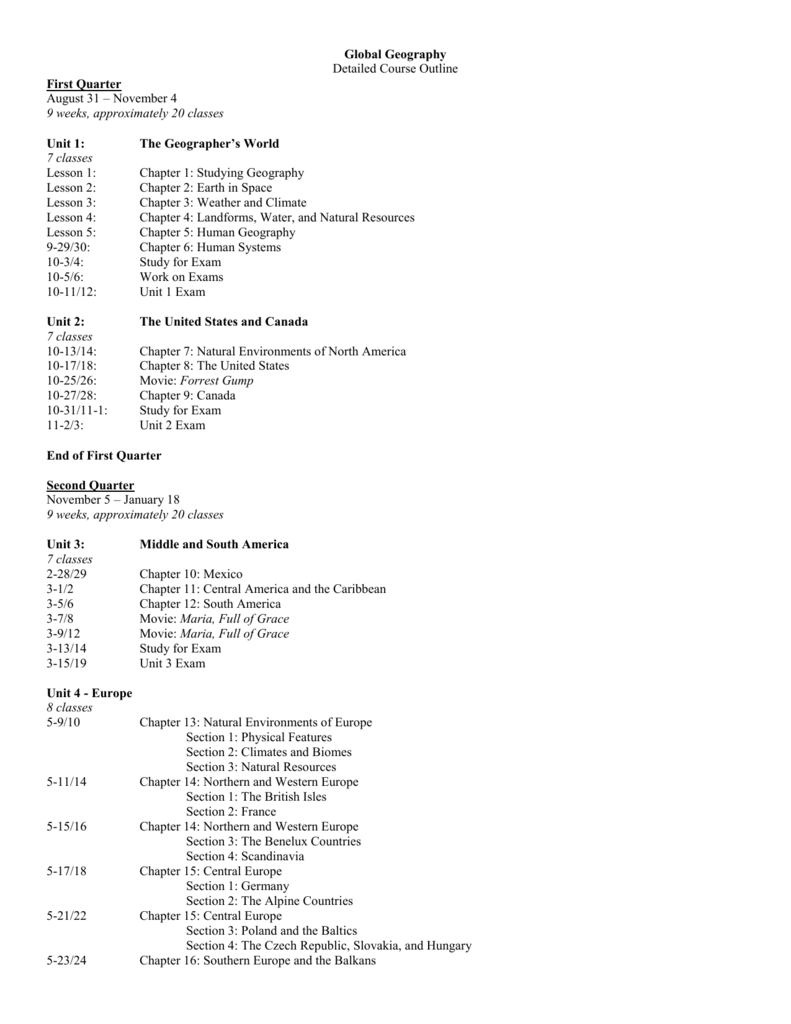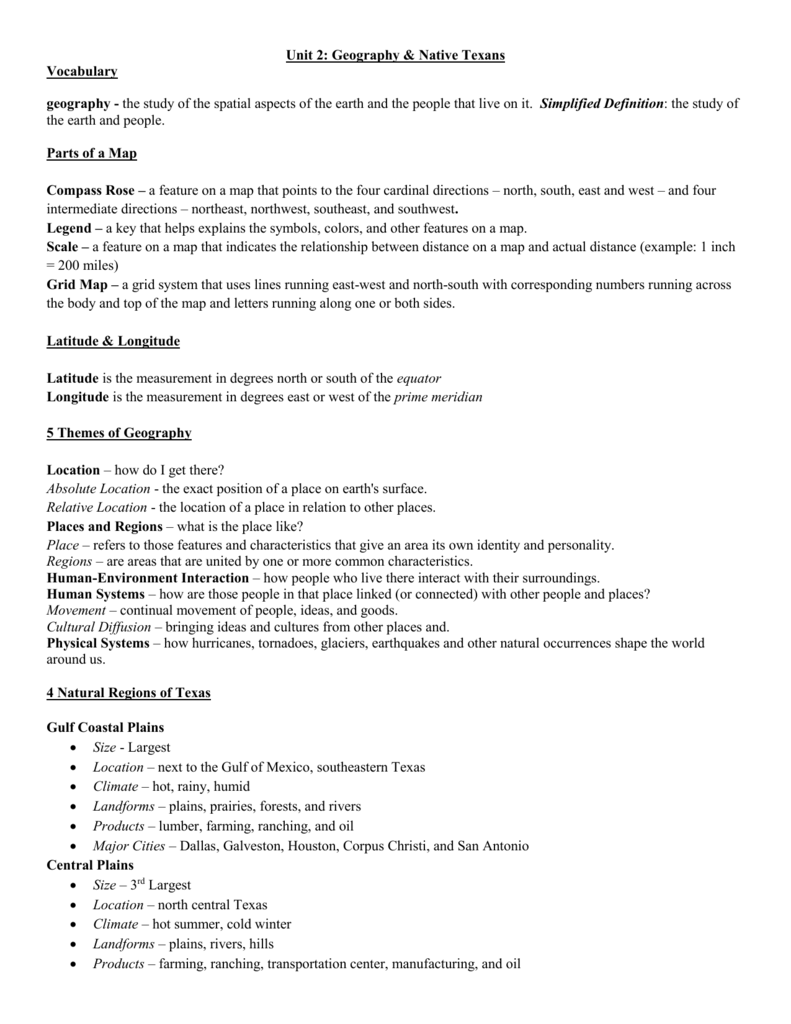Pakistan is situated in the northwestern part of the Indian subcontinent. It is a large country with high mountains in its western, northern and northeastern borders. Some of the higher Himalayan peaks are included in these. The southern and eastern regions consist of of low-lying plains.
The Asian monsoon is the dominant influence on the country's climate. The cool season is from mid-Oct to late Feb; during this time the days are usually quite warm and sunny, while nights are colder with occasional frost. Rain from low presssure systems usually affect the western and northern regions during this period. The weather in the higher mountains is also quite cold at this time.
Early March to late June is the warm season., when daytime temperatures in the southern and cental regions can be extremely hot. Although humidity is low, the heat can be very uncomfortable. An occasional thunderstorm, accompanied by a dust storm, may occur at this time.
The wet season occurs during the southwest monsoon, from June - early Oct. Temperatures are slightly lower then, but humidity is higher, making the weather rather unpleasant. Different parts of the country receive different amounts of rain during this period. The eastern and central plains receive abundant rain (see table for Islamabad). The southern and southeastern regions, which are mostly desert, do not receive much rain.
The southwestern area, facing the Arabian Sea, also receives little rain (see table for Karachi) and though conditions are cooler inland, the high humidity can make the climate uncomfortable. The mountainous area in the north and west receive less rain during the southwest monsoon and may be wetter during the cooler winter season (see table for Peshawar).
Sunshine is abundant all year round with 6-7 hours a day in the cool season to 10-12 during the hot season. Cloudiness increases over most of the country in the wet season, even in those areas that do not receive much rain. Heavy snowfall occurs in the higher mountains in the north.
CLIMATE:
•hot summers,
•wide variations of temperature in given locale and between coastal area on Arabian Sea and glacial regions of northern areas;
•Depending on the topography, there is an extreme variation in the temperature of Pakistan.
•The country is essentially arid except for the southern slopes of the Himalayas and the sub-mountainous tract where the annual rainfall varies between 760 and 1270 mm.
•In the extreme north - because of great heights - Highland climate prevails. The controlling factors of the climate are:
1. The sub-Tropical location of Pakistan that tends to keep the temperature high, particularly in summer.
2. The oceanic influence of the Arabian Sea that keeps down the temperature contrast between summer and winter at the coast.
3. Higher altitudes in the west and north that keep the temperature down throughout the year.
4. The Monsoon winds that bring rainfall in summer.
5. The Western Depression originating from the Mediterranean region and entering Pakistan from the west that brings rainfall in winter. These cyclones make a long land journey and are thus robbed of most of the moisture by the time they reach Pakistan.
6. A temperature inversion layer at a low elevation of about 1,500 m in the south during the summer, that does not allow the moisture-laden air to rise and condensation to take place.
Pakistan is mostly a dry region with great extremes of elevation and temperature.
In the Indus Valley area, temperatures range from about 32° to 49°C (about 90° to 120°F) in summer, and the average in winter is about 13°C (about 55°F).
The climate of Pakistan varies widely from place to place. In the mountain regions of the north and west, temperatures fall below freezing during winter.
Rainfall is scarce throughout most of Pakistan. The Punjab region receives the most precipitation, averaging more than 508 millimeters (20 inches) per year.
In contrast, the arid regions of the southeast and southwest receive less than 127 millimeters (5 inches) annually. Most rain falls from July to September.





